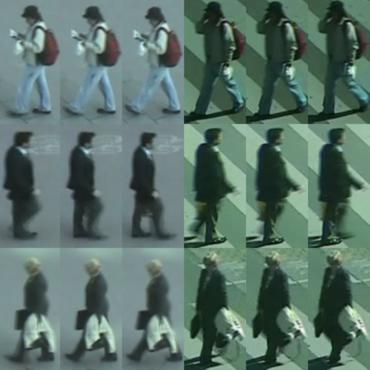Cross-modality Person re-identification with Shared-Specific Feature Transfer
Cross-modality person re-identification (cm-ReID) is a challenging but key technology for intelligent video analysis. Existing works mainly focus on learning common representation by embedding different modalities into a same feature space. However, only learning the common characteristics means great information loss, lowering the upper bound of feature distinctiveness. In this paper, we tackle the above limitation by proposing a novel cross-modality shared-specific feature transfer algorithm (termed cm-SSFT) to explore the potential of both the modality-shared information and the modality-specific characteristics to boost the re-identification performance. We model the affinities of different modality samples according to the shared features and then transfer both shared and specific features among and across modalities. We also propose a complementary feature learning strategy including modality adaption, project adversarial learning and reconstruction enhancement to learn discriminative and complementary shared and specific features of each modality, respectively. The entire cm-SSFT algorithm can be trained in an end-to-end manner. We conducted comprehensive experiments to validate the superiority of the overall algorithm and the effectiveness of each component. The proposed algorithm significantly outperforms state-of-the-arts by 22.5% and 19.3% mAP on the two mainstream benchmark datasets SYSU-MM01 and RegDB, respectively.
PDF Abstract CVPR 2020 PDF CVPR 2020 Abstract

